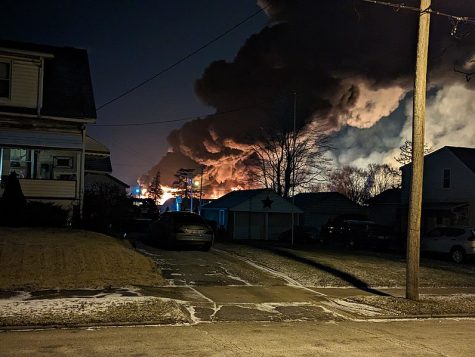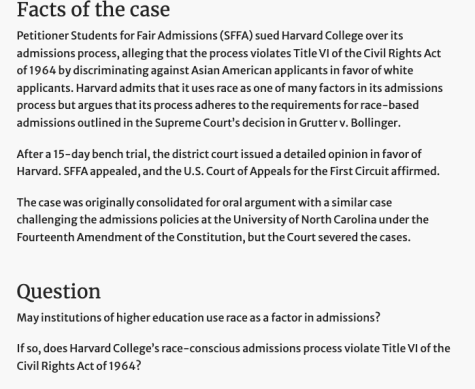Amazon’s Union Vote
After weeks of high-profile reporting, the unionization effort in Bessemer, Alabama’s Amazon fulfillment center has failed, with a vote of 70.9% against, 20.1%. for.
The result comes after a much-anticipated build-up, with many famous political and cultural voices visiting the city to rally in favor of unionization, such as President Joe Biden, Senator Bernie Sanders, actor Danny Glover, and rapper Killer Mike.
The attempt at unionization came about as the result of inhumane working conditions at Amazon facilities. Ken Klippenstein of The Intercept reported that workers making deliveries would routinely have to urinate in bottles in order to fulfill all of their deliveries on time, some even having to defecate in plastic bags.
In addition, Amazon has strict quotas to maintain an unrealistic level of productivity, and uses expansive surveillance on their workers to enforce them.
Many workers report permanent injuries to their back and legs from the repeated heavy lifting that they have to repeat so quickly to keep in line with their quotas, and after their workers-compensation runs out, they often struggle to find other jobs due to their physical condition.
In the most shocking instance of Amazon’s toxic work environment, in 2019, a 48-year-old warehouse worker had a heart attack and died on the job, and his dead body laid on the warehouse floor for over 20 minutes before Amazon safety responders attempted to treat him. The failed vote in Bessemer is not necessarily an indictment of unions as a whole.
Union effort leaders plan to file charges against Amazon with the National Labor Relations Board, claiming Amazon broke the law to sway the vote in their favor, through methods such as monitoring the votes of workers through Amazon’s own private mailboxes, lying about the function of unions to misrepresent them to workers, and illegally intimidating workers to vote against unionization.
On average, union workers make 30% more money than non-union workers. 92% of union workers have employer-covered healthcare, compared to 68% of non-union workers.
In addition, over the past 60 years, as union membership in the United States has steadily decreased, the rise of income inequality has almost exactly corresponded to it.














